If you click on a link and make a purchase we may receive a small commission. Read our editorial policy.
How Disney used DuckTales to launch its TV animation empire — and why Carl Barks’ comics made it possible
The real story behind DuckTales: Disney’s high-risk 65-episode gamble that transformed 1980s animation.
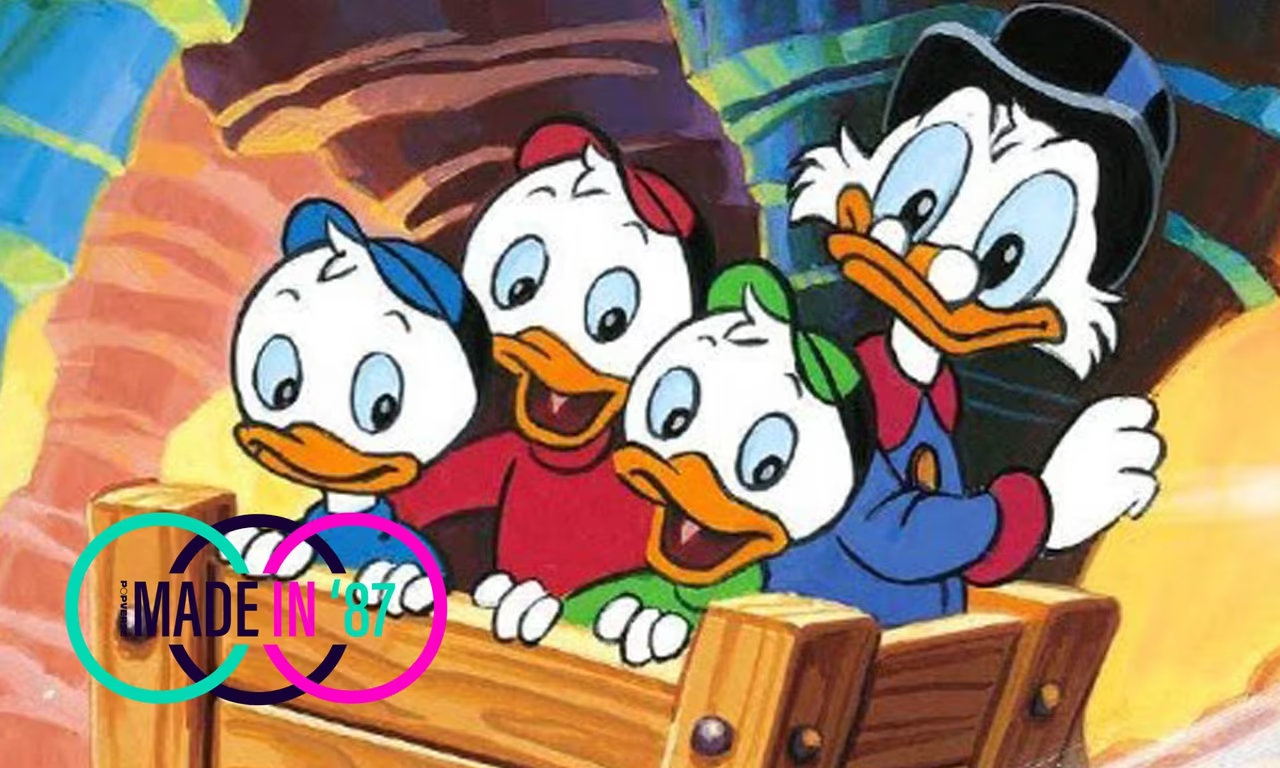
Popverse's top stories
- Dispatch ending explained: How to get the Hero, Antihero, and Everyman endings
- Watch now: Watch Marvel's Fantastic Four movie reunion with Ioan Gruffudd & Michael Chiklis from NYCC 2025
- Why Captain America quit: The political crisis that reshaped Marvel’s most iconic patriotic symbol
All week long: Revisit the highlights and lowlights of 1987 with Popverse's Made in 87 week.
Disney was a very different company back in 1987 than it is today. The so-called Disney Renaissance that began with The Little Mermaid in 1989 hadn’t arrived, and Disney’s animation department was still trying to find its footing following the exit of Don Bluth in 1981. So, in 1987, they produced a show called DuckTales to help them move into the realm of TV animation, leaning on their impressive library of Donald Duck comic strips to bring this new Duckberg to life.
I spoke to Jerry Beck, an animation historian who was working in the industry in the late 1980s and who saw many of its biggest changes firsthand. According to him, DuckTales stemmed from Disney’s desire to dominate another medium besides film. “In 1985 or so, Michael Eisner and Jeffrey Katzenberg took over Disney, and one of the first questions they posed was, ‘Why aren’t we dominating TV animation?’ The reason was that Disney animation was considered better than TV animation. TV didn’t pay enough. The budgets were low. It was difficult… Disney just stayed out of it and made features. That was their thing.”
In 1987, the iconic Teenage Mutant Ninja Turtles cartoon debuted - and all our lives were changed. Watch this reunion of the original voice actors:
That wasn’t enough for Eisner and Katzenberg, who wanted to see Disney at the top of the industry at all levels. “They came in, but they wondered, ‘Why aren’t we dominating television/ We should be dominating it. We should be the best cartoons on TV.’ So they put their toe in the water, did a couple of Saturday morning shows like Gummy Bears, and then decided, ‘We need to do what Mattel did.’”
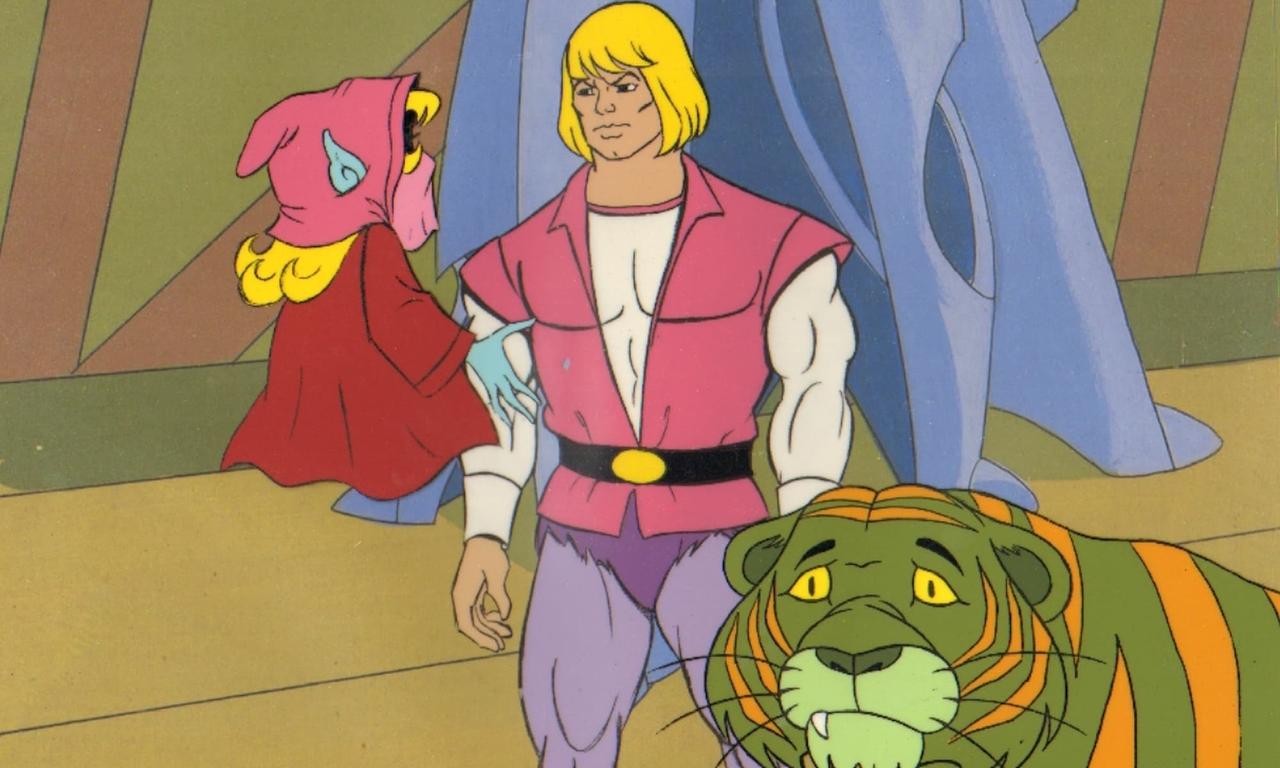
What Mattel had done a few years before was create the mega-popular He-Man cartoon, which went straight into syndication. That meant that it aired every weekday instead of just once a week. This was a high-risk/high-reward situation for the company. Producing 65 (5 episodes a week for thirteen weeks) episodes of an animated show was expensive, and if it didn’t land, it could lose them millions. However, one thing Disney has always had is cash to risk.

“They were rich enough to be able to make 65 episodes in advance,” Beck told me, but they did hedge their bets by throwing one of their most famous characters into the show. “And it’s gotta have Donald Duck in it. They knew they could sell it to stations. They knew that people would look at it because Donald Duck is in it.”
However, there is one slight problem with trying to produce that many episodes of an animated show – first, you have to write them. “They had to do it relatively quickly, and where do you get these 65 scripts? And somebody came up with the genius thought for DuckTales that, ‘You know what? We’ve got 30 years of comic books that were done by this guy named Carl Barks.’”
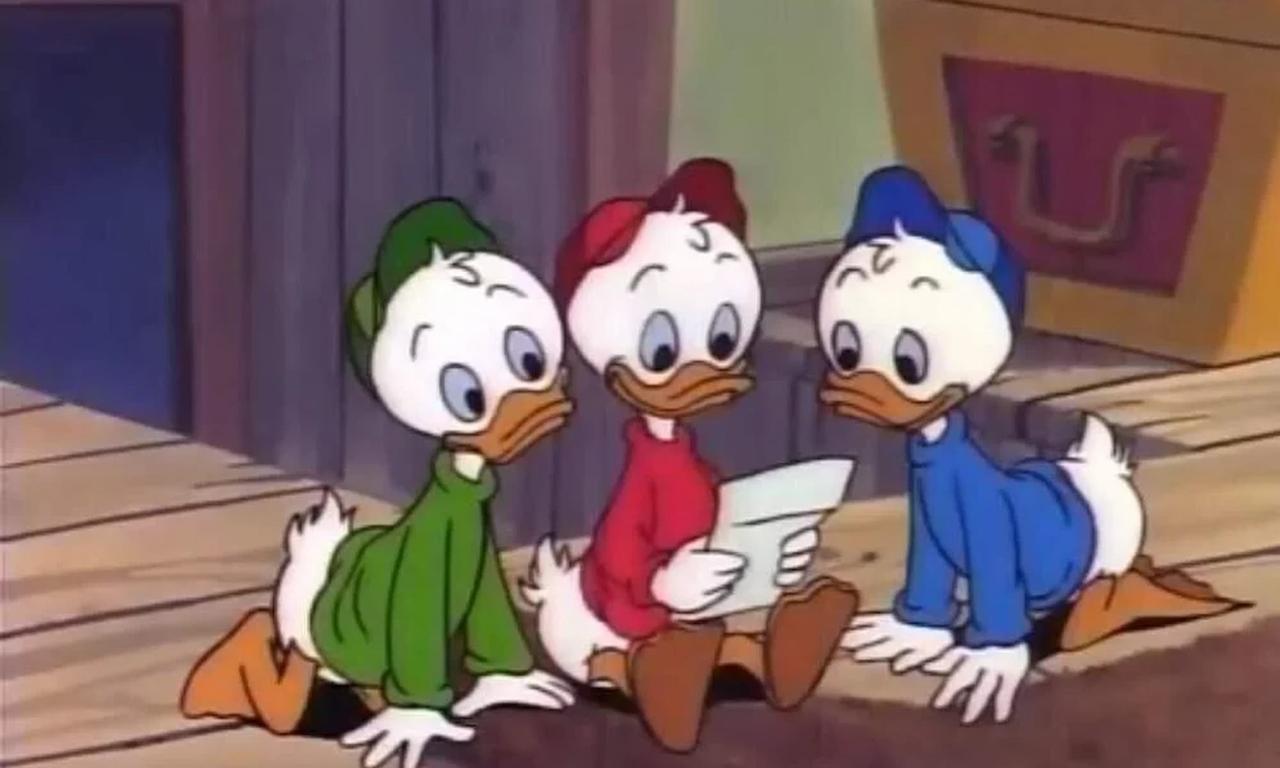
Carl Barks is perhaps one of the most famous and influential comic book artists in history, having written and drawn comics for Disney for decades. His influence is still felt in comics long after he sadly passed away in 2000. “Carl Barks was the guy who created Uncle Scrooge,” Beck explained. “And he wrote these epic adventure stories that even Steven Spielberg said he read as a kid, that were coming out on Gold Key Comics, Dell Comics. They were epics. They’re considered classics. They still are today, and somebody said, ‘Let’s adapt the Carl Barks comics. There’s way more than 65 of them, you know, we can do.’ And that’s what they did.”
This shifted the focus of DuckTales from Donald Duck, who was a supporting player in the comics, onto Uncle Scrooge and the three nephews. Some Disney animation and an incredibly catchy theme song later, one of the most iconic 1980s cartoons made its debut in August 1987.
Get your wide-shoulder blouses and your Members-Only jackets, and go back in time with Popverse's Made in 87. Highlights include:
- Inside the chaotic rise and fall of The Lost Boys TV series that never made it to air
- How Bart Simpson was quietly toned down from being "so mean" before The Simpsons' first episode, as revealed by his long-time voice actor Nancy Cartwright
- Marvel Comics killed the X-Men in 1987 to reset the franchise - but it didn’t stick
- Why the Princess Bride’s iconic duel is an even better swordfight than you remember
- How The Golden Girls became a staple at gay bars in the 80s
- Inside Spider-Man’s chaotic 1987 bachelor party that Marvel turned into a real-life spectacle
Follow Popverse for upcoming event coverage and news
Find out how we conduct our review by reading our review policy
Let Popverse be your tour guide through the wilderness of pop culture
Sign in and let us help you find your new favorite thing.







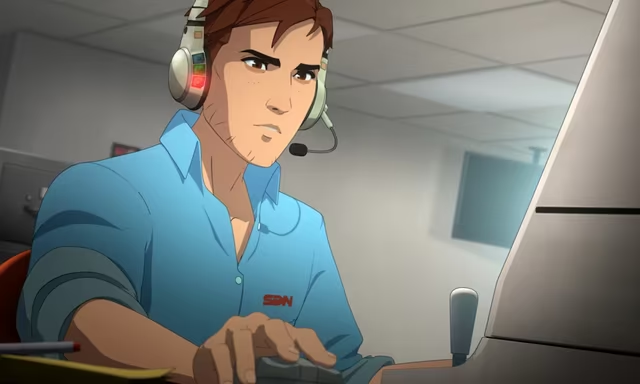
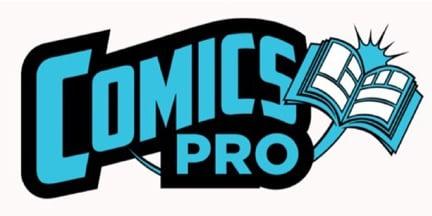





Comments
Want to join the discussion? Please activate your account first.
Visit Reedpop ID if you need to resend the confirmation email.